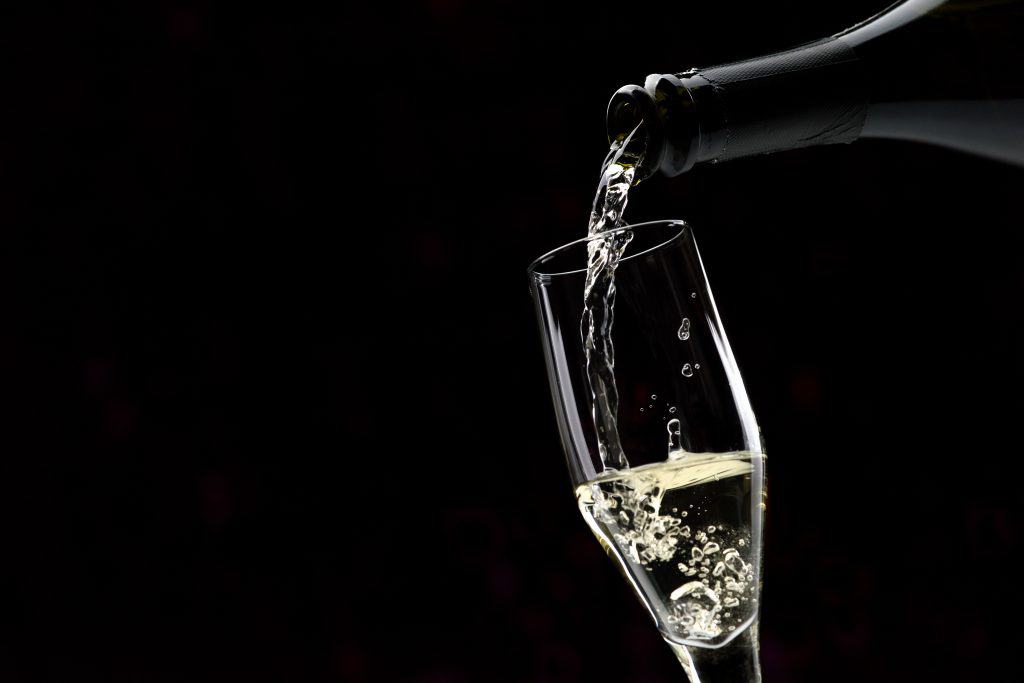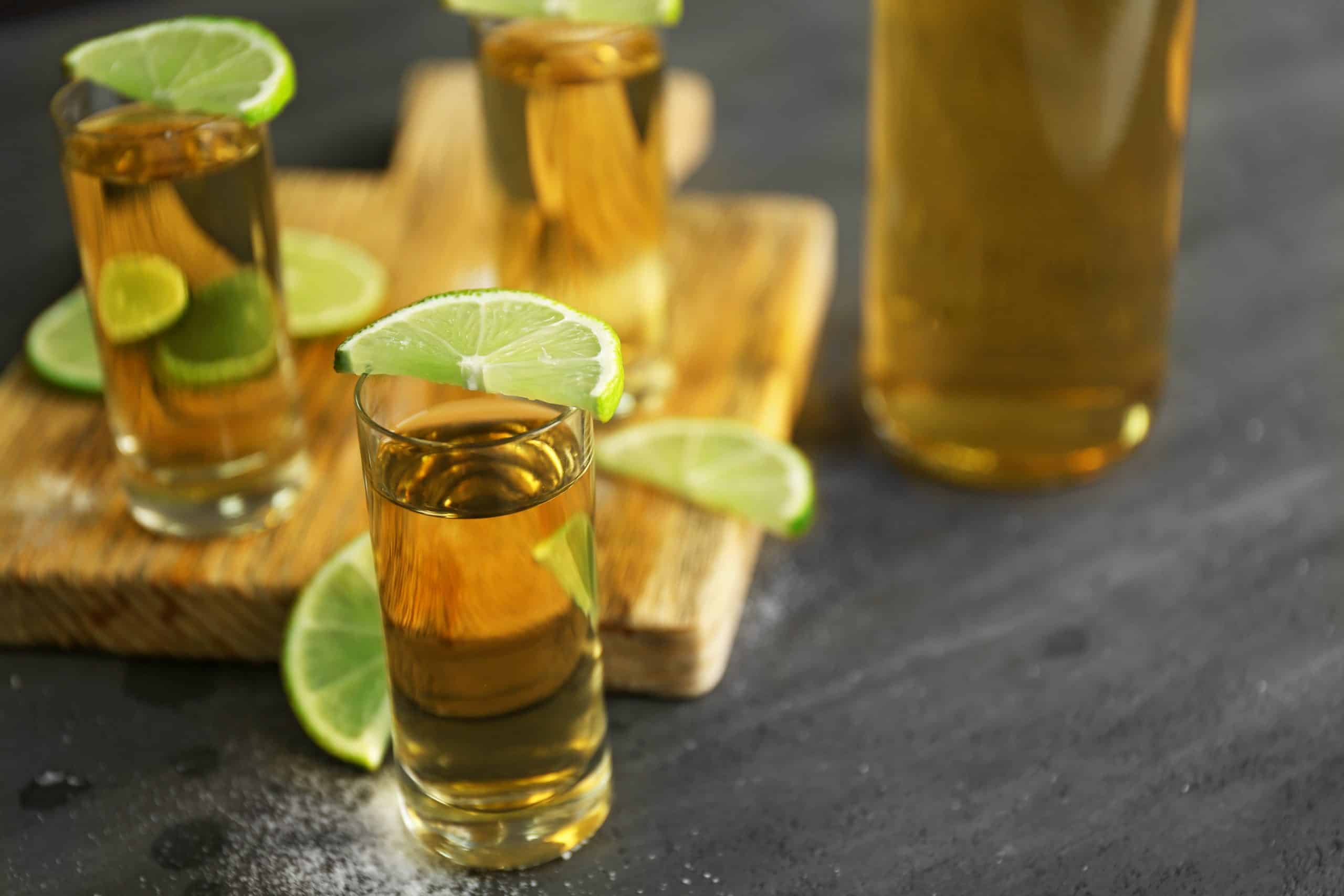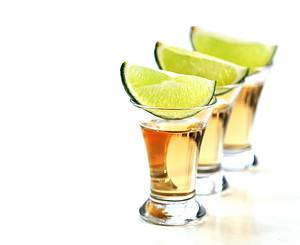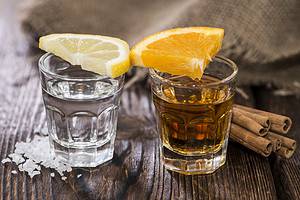The perfect pour can be an elusive target for bartenders, professional or home. Proper bar measurements are essential for any aspiring mixologist or bartender to know. Whether you’re a hobbyist or you work in a professional setting, you need to learn the proper measurements for liquors, beer, and wine. Not measuring your spirits correctly can ruin the taste of mixed drinks and create an unsafe drinking environment.
Table of Contents
Size Matters: How To Measure Liquor
Continue reading to learn how to measure and pour your spirits and how much liquid goes into each drinking situation.
How Much Is in a Shot of Liquor?
Different bars may have different measurements that their bartenders must comply with. For example, bars specializing in craft cocktails often use two-ounce pours as their standard shot measurement. On the other hand, dive bars or college bars may decide to use 1 or 1.5 oz pours for their standard shots. Every ounce is equal to 44.3 ml.
So, what is a jigger? Bartenders and mixologists use jiggers to measure the fluid ounces in their shots. The larger end of the jigger measures out a standard shot, and the smaller end of the jigger measures half a shot.
Do You Need a Jigger to Measure or Pour Your Liquor?
If you are in a professional setting or trying your hand at craft cocktailing, getting accurate measurements is essential to the flavor of your cocktails. A jigger is a tool used to measure the liquor in your shots and mixed drinks. Using a jigger is also a great way to monitor your alcohol consumption. Free pouring your liquor can ruin the flavor of your cocktails or cause you to ingest too much alcohol without realizing it.
Some bars allow their bartenders to free pour their liquor, but this causes inconsistent pours. Some people will get too much liquor in their drink, and some will get too little. Even if the bartender gets their free pour close to the standard measurements, free pouring can cause inconsistency in the taste of their drinks.
Types of Jiggers: The Pour Companion
Jiggers come in different shapes and sizes, which may be surprising because they are all used to measure the same type of liquid. Bartenders and mixologists may prefer one jigger style over others, depending on how the jigger fits in their hands. The shape of the jigger can help you avoid spilling the liquor before you pour it into the glass.
Japanese jiggers are taller and slimmer than other jiggers. Therefore, this jigger can allow the bartender to make drinks faster than other jiggers. However, people that are not used to using a jigger may have difficulty not spilling when using this type of jigger.
Bell jiggers are short and stocky. This shaker type has a rounded bell shape instead of straight edges like most other jiggers have. This type of jigger may be preferable to people who are not used to the shape and feel of standard jiggers.
US standard jiggers are short and fat like bell jiggers, but instead of rounded shapes, they feature sharp edges. This structure ensures that every drop gets into the desired location once poured out of the jigger.
The type of jigger you use is all decided by your preferences. There is no wrong jigger out there, so get whichever one fits comfortably in your hand and is the most efficient for your needs.
How Many Ounces Are in a Bottle of Wine?
Standard wine bottles hold 750 ml of wine, which equals 25.36 fluid ounces. People measure their wines, beers, and liquors based on alcohol by volume. While drinking 25.36 ounces of straight liquor may put you in the hospital, drinking a bottle of wine is unlikely to lead to the. Unless, of course, you have a medical sensitivity to alcohol.
So, how many glasses of wine can you get out of a bottle of wine? If you pout your wine accurately per glass, you will get five glasses of wine out of a standard 750 ml bottle. A standard pour of wine is five ounces or 150 ml.

How Do You Measure or Pour Wine?
You may have noticed that when people pour wine, unlike liquor, they do not pour the wine into jiggers. This is because bartenders measure wine by using the wine glass. White wine glasses usually are slightly smaller than red wine glasses. Depending on the size and shape of your wine glass, the five-ounce pour will reach different points on the glass.
If you aren’t sure how full to fill the glass, you can use a jigger to measure out five ounces of wine into the glass to get an idea of how full the glass should be. Then, you can practice filling to that point with another glass until you nail your free pour. Learning how to pour accurate wine measurements is excellent for entertaining your company in the future.
Beer Measurements
Not every beer has the same ABV, which means that different types of beer require different types of glasses for measurement. The pint glass is the most common beer glass used in most bars for their standard taps. These glasses usually hold lagers, IPAs, ambers, and reds, among many other types. Pint glasses hold 16 oz of beer and are meant to be filled to the brim.
For a beer with a higher ABV, bartenders may opt to serve the drink in a twelve-ounce cup instead f the standard sixteen-ounce cup. All beer glasses are intended to be poured to the brim, so beer is not measured with a jigger. Instead, beer is measured with the glass it is put in.

Final Thoughts
Proper measuring supplies, like jiggers, are essential for accurately measuring the alcohol you consume. The ounces you pour of each type of alcohol are based on the alcohol content in the spirits. Beer measures the lowest ABV, so the glasses are larger. Wine is in the mid-range of ABV, so the glass is bigger than a shot but smaller than a pint. Liquor has the highest ABV, which is why jiggers measure the amount of liquor before you put it in your glass.






